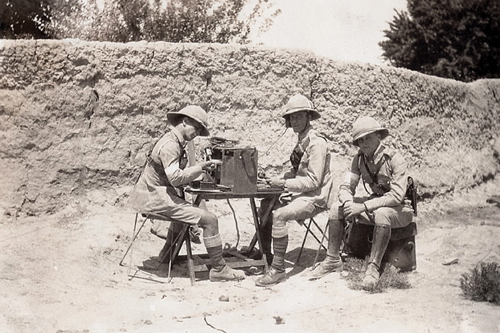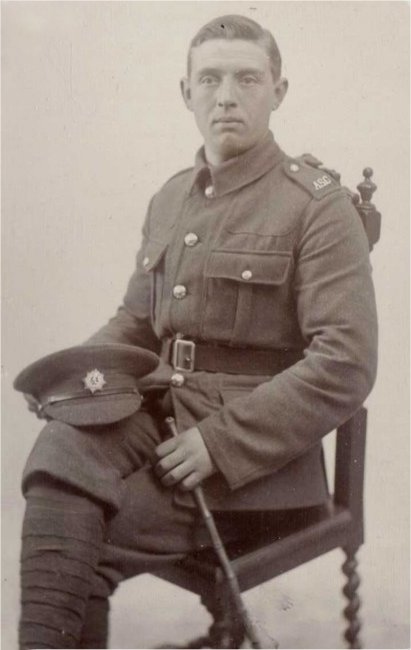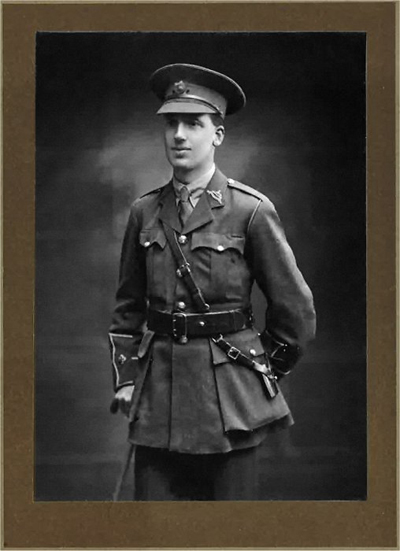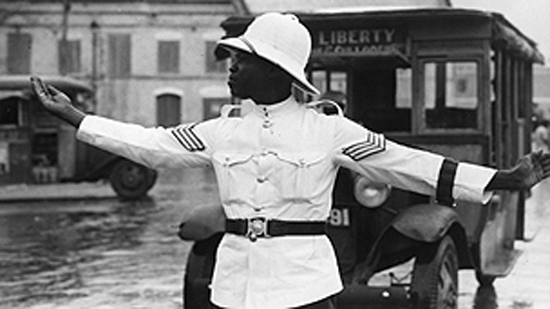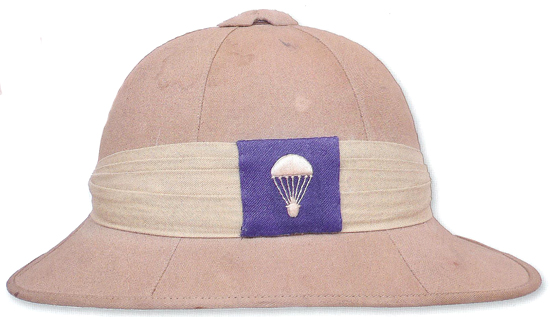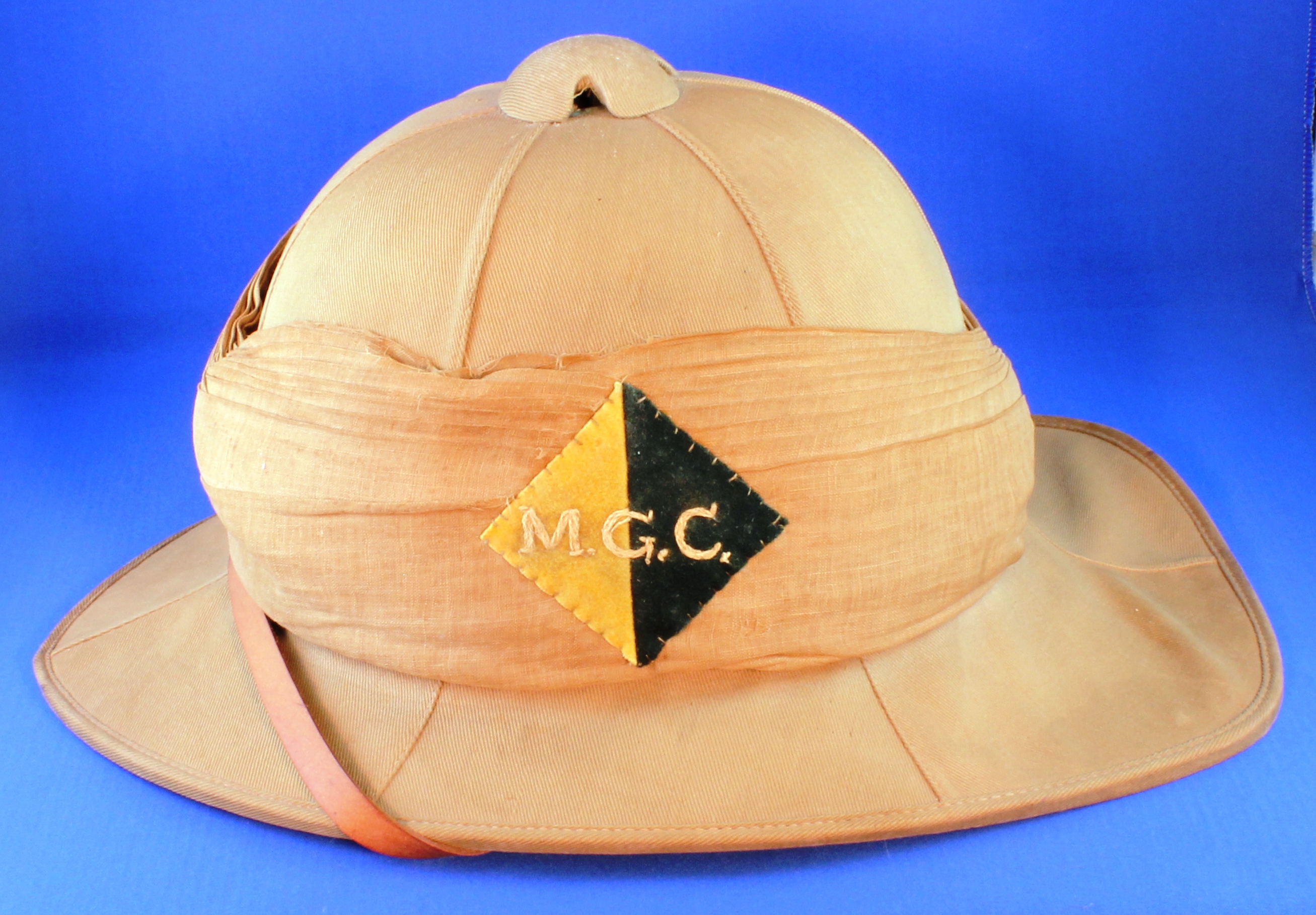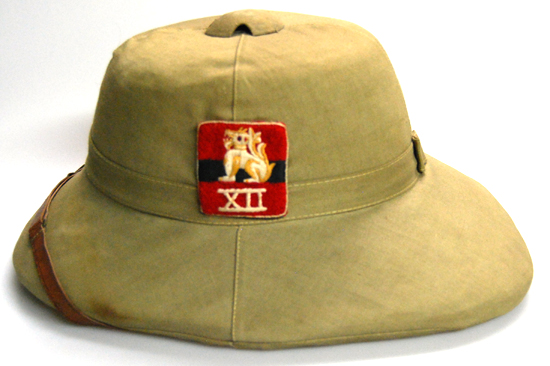 The Twelfth (XII) Army actually existed twice during the Second World War – although the first time it was created as a fictional formation as a Cairo-based deception department. Created by Dudley Clarke as part of the deception plan for Operation Husky, the Allied invasion of Sicily in July 1943, it was intended to have the Germans believe that the Twelfth Army was going to land in Greece and then advance into the Balkans.
The Twelfth (XII) Army actually existed twice during the Second World War – although the first time it was created as a fictional formation as a Cairo-based deception department. Created by Dudley Clarke as part of the deception plan for Operation Husky, the Allied invasion of Sicily in July 1943, it was intended to have the Germans believe that the Twelfth Army was going to land in Greece and then advance into the Balkans.
The army’s formation insignia was a trained seal balancing on its nose a terrestrial globe, which is obviously quite different from the above example. This is because in May of 1945 the phantom Twelfth Army was disbanded and a second Twelfth Army was created to take control of operations in Burma from the Fourteenth Army. Continue reading →

